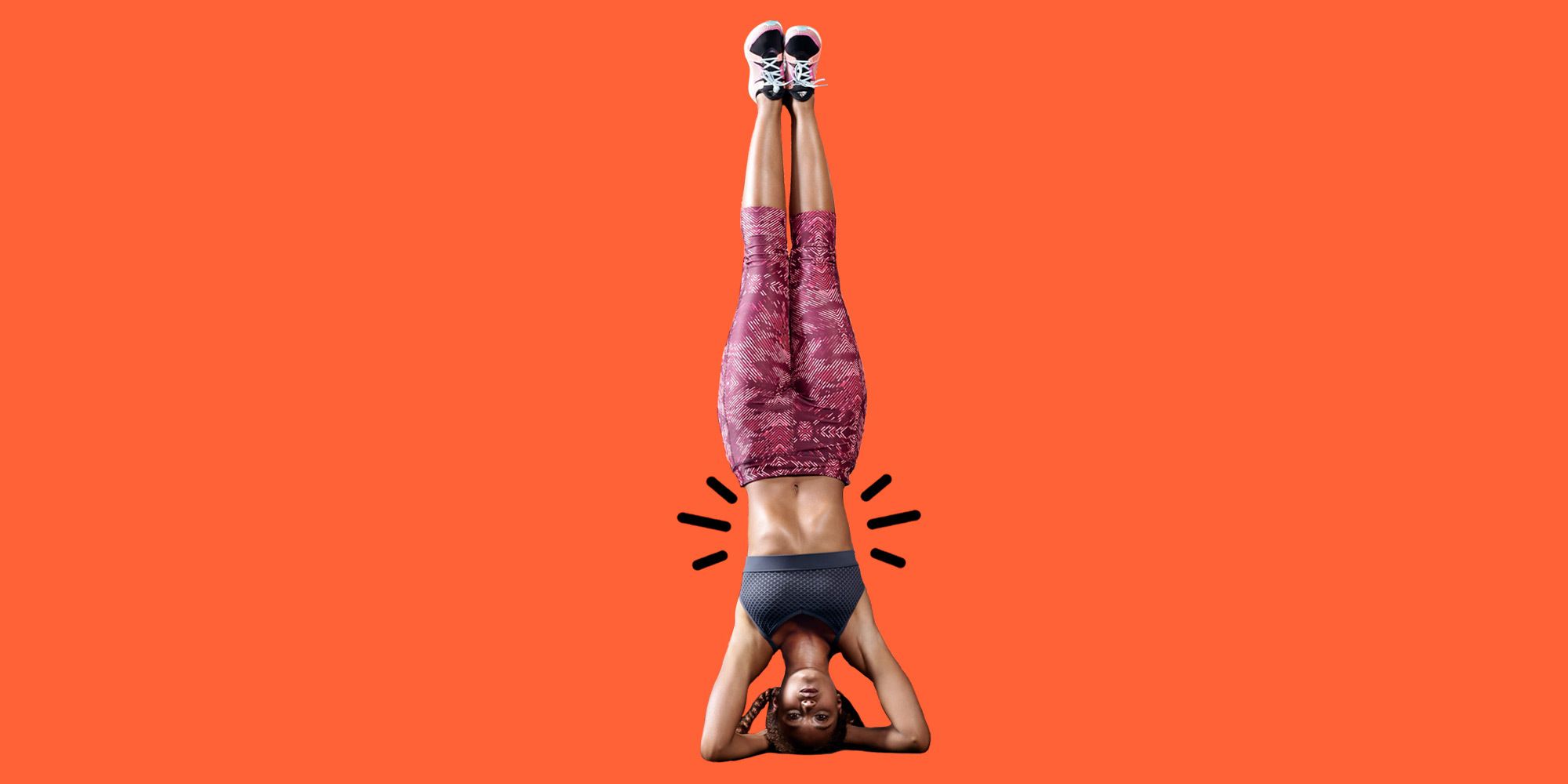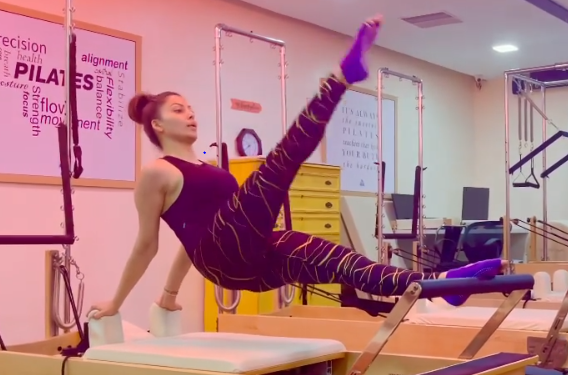
This article will explain the dangers of kundalini mediation, including anxiety disorders and kundalini syndrome. Below are some other potential pitfalls to avoid when you pursue kundalini meditation. The best guide will combine mind and spirit and incorporate the most recent findings in psychology, spirituality and quantum physics.
kundalini meditation
There are many risks to kundalini meditation. Uncontrolled kundalini may lead to a state that is quasi-psychotic. Uncontrolled kundalini has the potential to cause many adverse effects, which is different from functional psychosis. The nervous system can become too stimulated, leading to trembling, reduced coordination and vision problems. Although symptoms of kundalini-triggered parasis can be temporary, the risk of developing a permanent mental illness is real.

kundalini syndrome
One of the most dangerous aspects of kundalini meditation is that if you do not know how to control it, you could end up having an intense and dangerous experience. This phenomenon is a quasi-psychotic state caused by an excited kundalini energy, which must be differentiated from functional psychosis. You have many options to safely and effectively manage this condition. If you have any questions, or concerns, it's best to contact a transpersonal or deep psychotherapist. Search online to find a therapist with a specialization in spiritual psychology.
Anxiety disorders
Anxiety is a very common psychological state that affects many people and can interfere with daily activities and overall well-being. Anxiety is characterized by excessive worry, unease, and worries about the future. Although there are many treatments for anxiety, the stigma associated with mental illness and limited access to information are two main reasons that many people do not seek treatment for anxiety. However, there are many things you can do to reduce anxiety.
Chronic fatigue
It's possible to experience chronic fatigue by using kundalini meditation. Although it is possible to experience chronic fatigue while not actually practicing yoga, it is very important to understand the nature of it and how it can impact your body. Symptoms of chronic fatigue may include nausea, headaches, night sweats, muscle pain, and anxiety. The good news is that there are ways to treat these symptoms, and you don't need to spend hours every day practicing yoga.

fibromyalgia
There is growing evidence linking kundalini meditation with pain management for fibromyalgia. In fact, in one study, a substantial number of women diagnosed with the disease were taking opioids for pain management. Despite opioids being ineffective in treating fibromyalgia they are often misused. This makes it imperative to research alternative pharmacological treatment options for fibromyalgia.
FAQ
Are 20 minutes of yoga a day enough?
Yoga should not only be considered an exercise activity, but a way to find your inner self. It is a chance to reflect on the life you lead and the choices that have been made.
A few years ago, I was introduced to yoga by my friend, who had been practicing it for many years. He told me that he did yoga for 20 minutes each morning, which helped him feel calmer throughout the rest of his day.
I decided to try it and found that it made a difference in my overall well-being. Since then, I continue to practice yoga and find it helps me focus and relax when I'm at work.
It is important to find what works best for your needs and set realistic goals. Yoga does not have to be an exhausting activity.
How does yoga change your body?
Yoga helps you to relax and stretch. You will also feel great. Yoga increases flexibility and strength, as well as reducing stress. This improves sleep quality and concentration. It also increases energy levels.
Yoga increases blood flow which makes you less likely get the flu or cold. This is because breathing deeply during yoga increases the amount of oxygen reaching your brain.
Yoga is a great way to relieve tension and pain. These postures improve posture and strengthen joints and muscles.
Yoga is a great way to stay healthy and happy.
Do I need to be flexible to practice yoga?
It all depends on which type of yoga you choose. Some yoga styles require you to be very flexible, while others focus on building muscle strength.
Different styles of yoga require different levels of flexibility. For instance, beginners may only need to stretch their arms overhead. Intermediate practitioners may have to bend forward and touch their feet. Advanced practitioners might be required to perform deep twists, bends.
Is yoga safe for everyone?
Yoga is safe and accessible to all ages, genders. Yoga has been practiced over thousands of year without any side effects.
If you have any questions, consult your doctor before beginning a new exercise routine.
Where can you find a certified yoga teacher?
Local yoga teachers are available. If you are not able to find a local yoga studio, search online. Online registration is also an option.
Statistics
- Lock in 25% off your Founding Member rate. (corepoweryoga.com)
- In comparison, a 125-pound person is estimated to burn 135 calories in 30 minutes of walking (at a pace of 15-minute miles) and 210 calories bicycling at a moderate pace on a stationary bike. (everydayhealth.com)
- The American Psychological Association recently shared that 84% of American adults feel the impact of prolonged stress (5). (healthline.com)
- Start your Fall off right with 20% off All Access Membership when you sign up by 9/25! (corepoweryoga.com)
- Gentle yoga has been shown to ease some of the discomforts of tender, swollen joints for people with arthritis, according to a Johns Hopkins review of 11 recent studies. (hopkinsmedicine.org)
External Links
How To
Where is the best spot to practice yoga?
There's no right or wrong way to practice yoga. Each person has their own style. You only need to know which positions feel comfortable for you.
Here are some common postures:
For beginners, standing poses are a good choice because you can see your body from various angles. It is also easier to focus on your breathing with these poses.
Forward bends- Forward bends can often be used to release tight areas. Try them while sitting or lying down.
Backbends. Backbends generally are considered advanced poses. Ask your instructor for advice if you're interested in trying it.
Inversions-Inversions are a pose that requires you to balance your body upside down. This type of yoga can be challenging but rewarding.